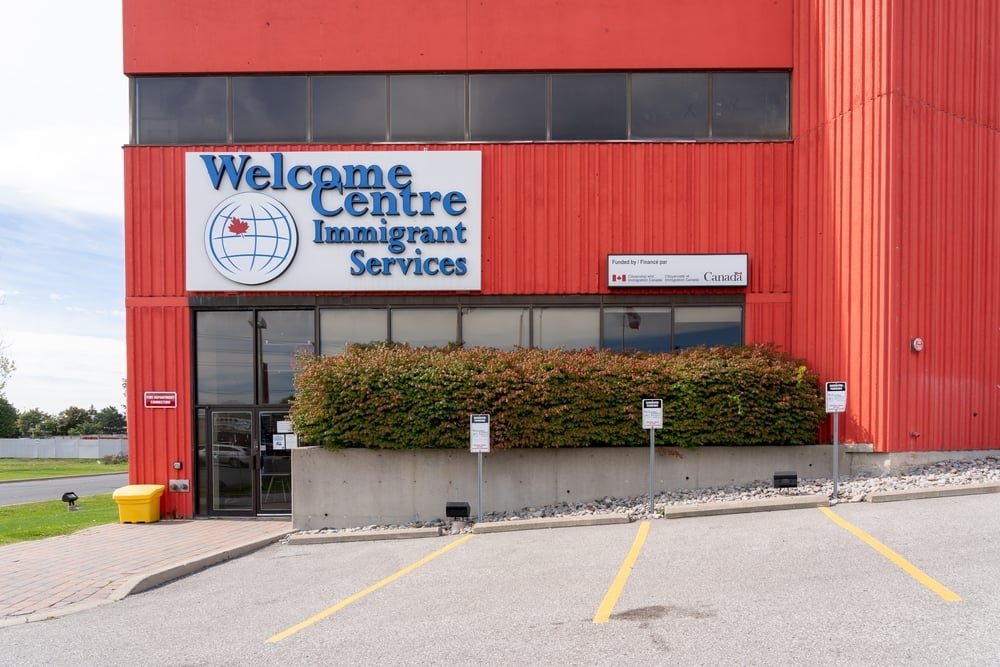5. Build a Favorable Credit History
Once you get a bank account, start building your credit history as soon as possible. Apply for a secured credit card or a credit card with a low limit and make regular payments to establish a favorable credit profile. A good credit history will be important when applying for loans or renting an apartment. There are several ways to build a good credit history, they include;
- Applying for a Social Insurance Number.
- Opening a bank account since it shows your financial stability
- Applying for a secured credit card and paying your bills on time to maintain a healthy credit record. A secured credit card requires a security deposit as collateral; the credit limit typically equals the deposit.
- Monitor your credit report through the major bureaus, Equifax and TransUnion. Consistent and responsible behavior pays off in the end.

6.Develop a Budget
Budgeting can help you balance your income with your savings and expenses. With a budget, you will be able to understand your income, expense, and saving goals. Consider your monthly expenses, such as rent, utilities, transportation, and groceries, and set aside a portion for savings. It helps you determine how much money you get, spend, and save. This will help you maintain financial discipline and adjust your spending habits.
7.Enroll in Healthcare
Apply for a provincial health card to access essential healthcare services. Each province in Canada has its system, so research the requirements and processes specific to the province you live in. Governments pay for many aspects of health care using money collected from taxes. You only pay for some services when visiting a doctor, clinic or hospital.
You will need a health insurance card to get health care in Canada. You must present this card each time you need medical services. Apply for a health insurance card from your provincial or territorial government as soon as possible after you arrive in Canada.
8.Education
Parents have the primary responsibility for educating their children. So, if you have school-aged children, find out about the local school system and enroll your children in an appropriate school. Important to note, Canada has different post-secondary institutions and many forms of post-secondary education. Once you have found one or more post-secondary programs that interest you, apply for admission. Ask the university or college for information about the admission requirements and procedures.
Similarly, admission to many post-secondary institutions in Canada is competitive. Suppose you plan to pursue post-secondary studies, research programs, and application procedures well in advance. Most institutions have firm deadlines and nonrefundable application fees, as such, ensure you are ready for the registration by having in your possession the documents and information for the registration process.






